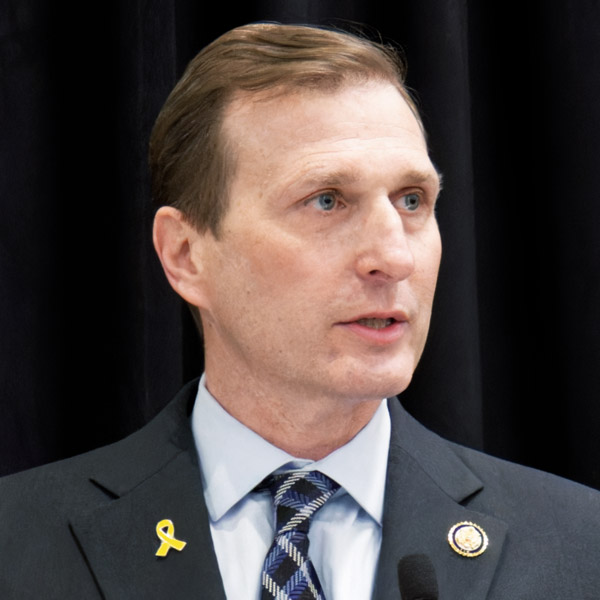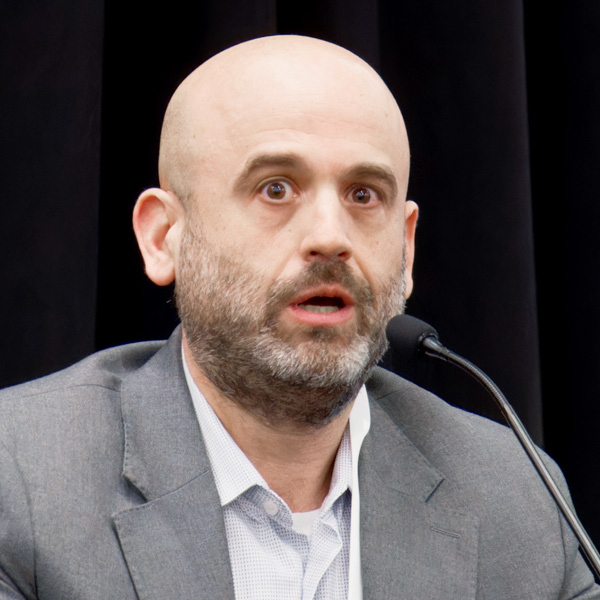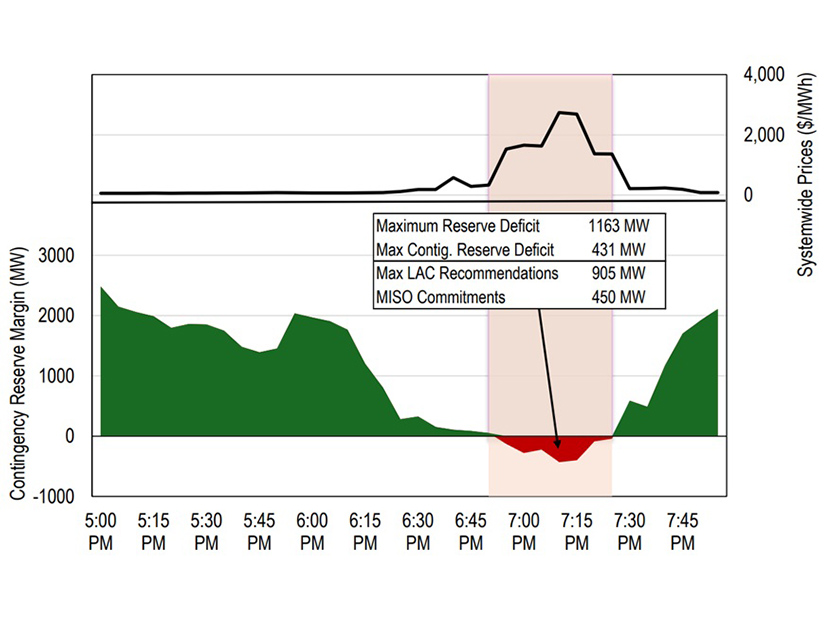LA JOLLA, Calif. — Western lawmakers have advanced efforts to provide the power industry with guidance amid increased wildfire risk, regulators discussed during the joint spring conference of the Committee on Regional Electric Power Cooperation and Western Interconnection Regional Advisory Body (CREPC-WIRAB).
After California passed Assembly Bill 1054 in 2019, the Golden State has launched several initiatives aimed at ensuring the law is integrated with how utilities “build, operate and maintain California’s electric system,” Caroline Thomas Jacobs, director of the Office of Energy Infrastructure Safety at the California Natural Resources Agency, said during a panel discussion on April 2.
AB 1054 established a wildfire fund that paying utilities can tap into to pay claims for damages resulting from a wildfire caused by utility equipment. Money in the fund comes equally from utility ratepayers and shareholders. (See California Wildfire Fund Could be Model for US, Panelists Say.)
The law also established a fire certification element. Safety certification requirements in California include having a wildfire mitigation plan, safety culture assessments and evidence of making progress on previous plans. In addition, executive compensation must be based at least 50% on safety metrics.
Thomas Jacobs said utilities have made significant progress, but “clearly, the risk has not been eliminated.”
“There’s 150 years of infrastructure out there that is built to allow sparks,” Thomas Jacobs said. “So, in today’s given environment, we’re not going to eliminate that risk overnight, but we are trying to layer that now into what the broader state effort is.”
Recent efforts to integrate utility efforts with the broader state system under AB 1054 include developing partnerships “so that we can start leveraging the massive amounts of investments that the utilities are investing on wildfire and making sure that’s paired with … the broader state system around wildfire resilience,” Thomas Jacobs said.
Also, the state’s Wildfire Mitigation Advisory Committee is coordinating initiatives with the Department of Insurance, communities and utilities to integrate wildfire mitigation work “into that broader state effort, Thomas Jacobs added.
‘Collective Responsibility’
Wyoming has similarly stepped up its wildfire prevention work. The state’s Legislature passed House Bill 192 in March following wildfires that burned thousands of acres in 2024.
The fires gave stakeholders a sense of urgency, said Mary Throne, a member of the Wyoming Public Service Commission and chair of WIRAB.
Wyoming’s wildfire law, which goes into effect on July 1, does not create a wildfire fund, but it requires all utilities to file wildfire plans with the PSC, Throne said.
“The exchange for a wildfire plan that we approve, there’s limited liability protection,” Throne said. “It creates a presumption, a standard, a duty of care that applies as long as the company is in compliance with its wildfire plan and not engaged in gross negligence or malice.”
Throne noted that wildfire mitigation is a “collective responsibility,” adding that the utilities are not primarily responsible for the heightened fire risk.
Utilities “do have a duty of safe, adequate and reliable service for their infrastructure,” Throne said. “But again, we cannot put what is really sort of a broader societal burden on an entity and entities that keep the lights on. There’s got to be some collective skin in the game.”
Wildfires also pose economic risks, and the West has already seen examples of utilities going bankrupt after being found liable, said Spencer Gray, executive director at the Northwest & Intermountain Power Producers Coalition (NIPPC).
NIPPC represents power producers and marketers. The organization’s members “need entities on the other side of the contract who are going to attract capital, who are liable for the course of the contract, who don’t face unexpected bankruptcy or a suspension of their ability to pay,” Gray said.
“We’re in a situation now, in many states, where the risk is not knowable,” Gray said. “You can’t mitigate it sufficiently to go back to your shareholders or to the debt markets to address it, and so that that really is an untenable situation,” Gray added.
Efforts in Washington and Oregon are underway to address risk sharing, including enhanced wildfire planning requirements and the establishment of a fund for the benefit of wildfire victims, Gray said.
NIPPC has been supportive of these efforts and “we will continue to be supportive of creating a risk environment that’s more knowable — not riskless — for our counterparties,” Gray said.





